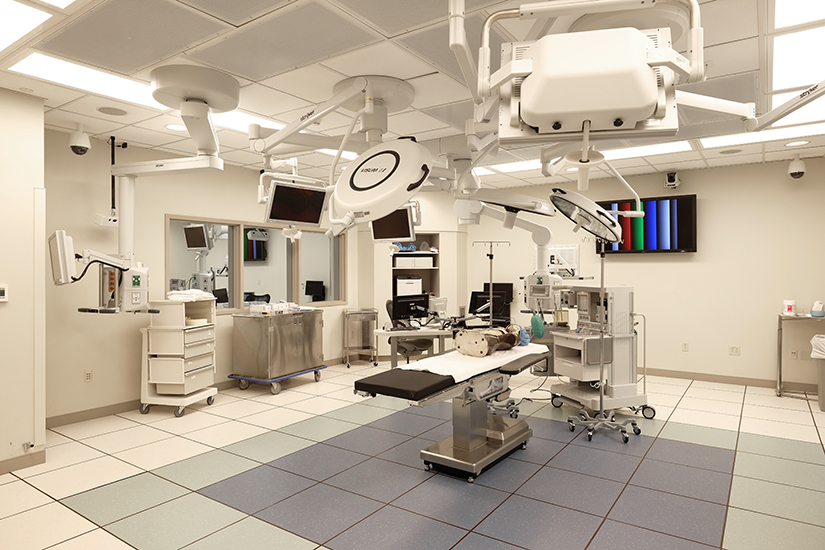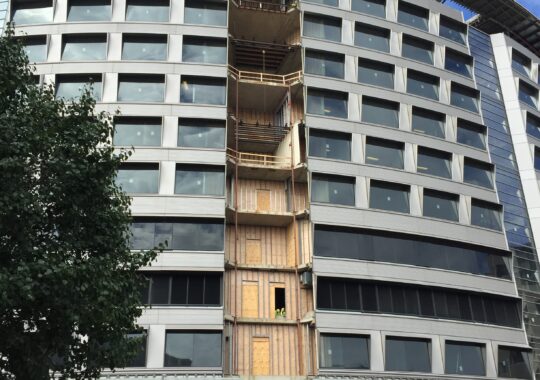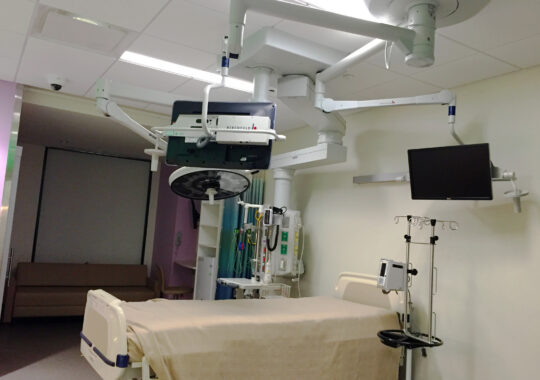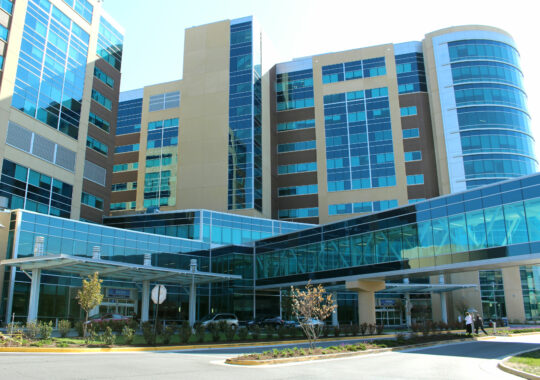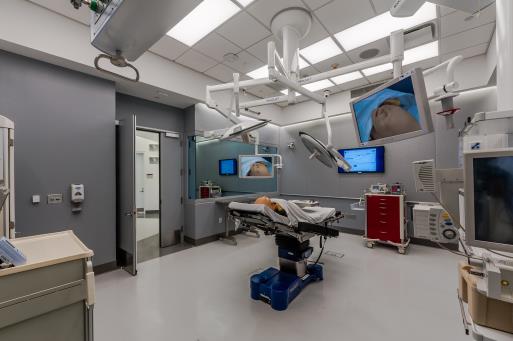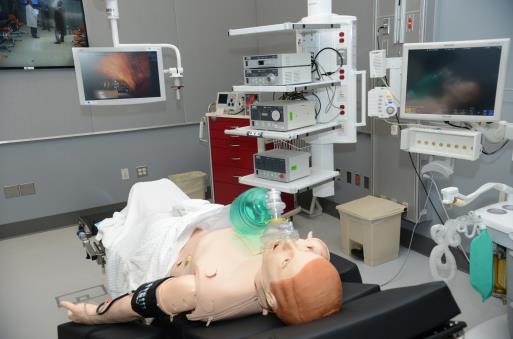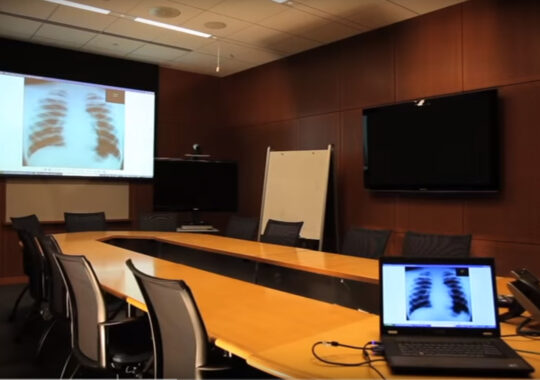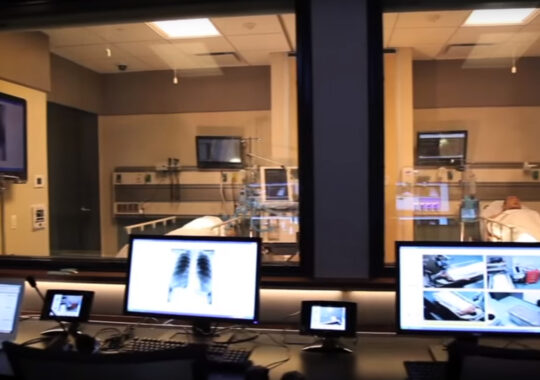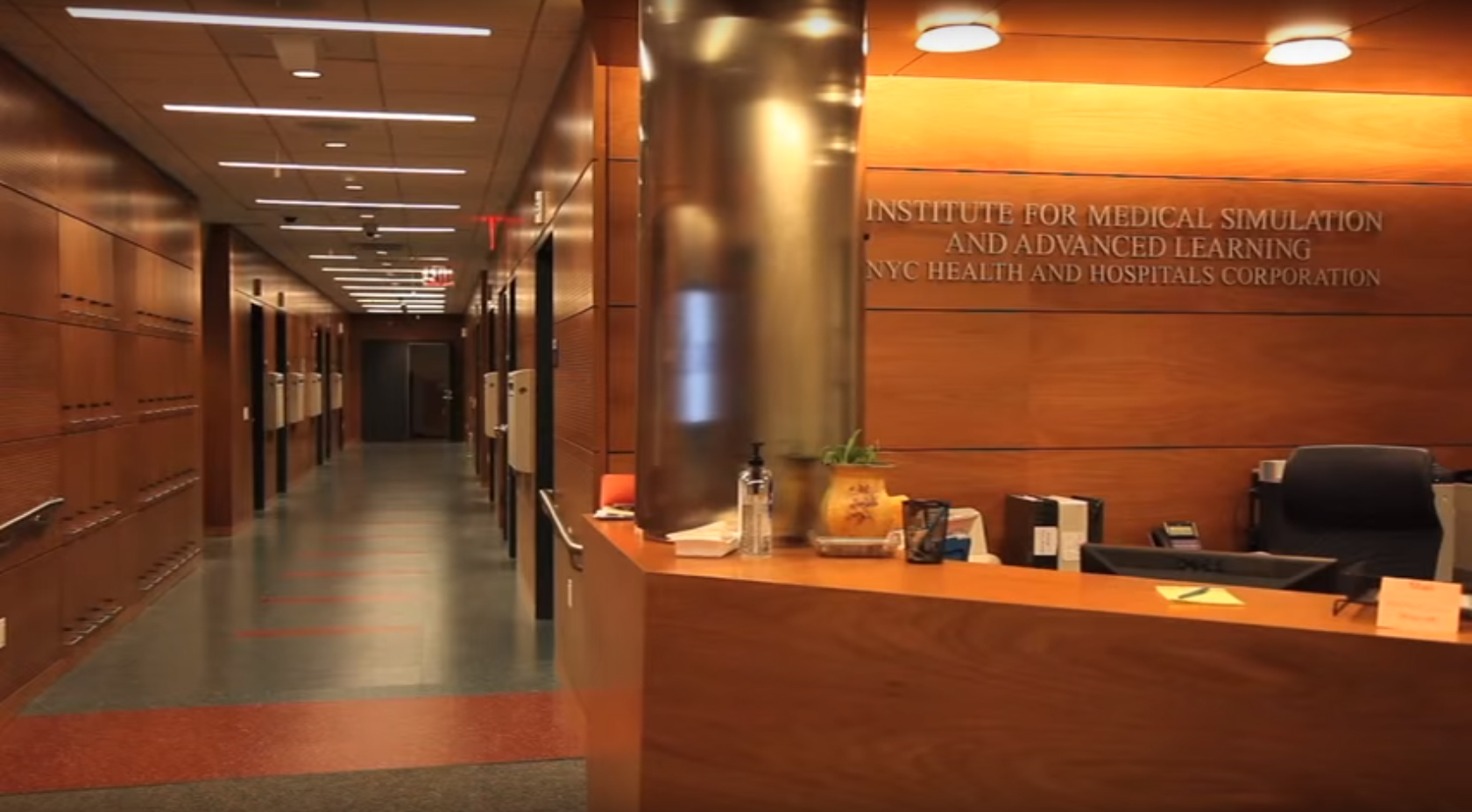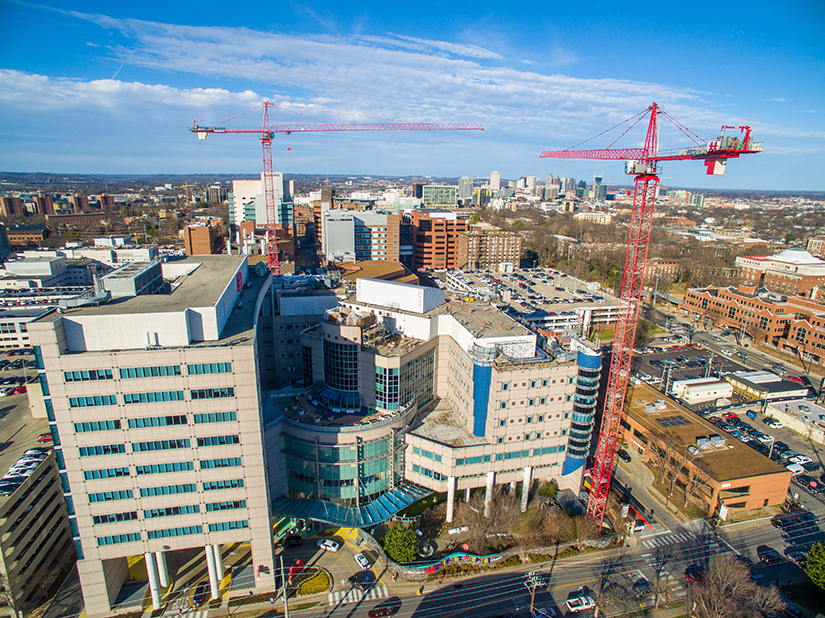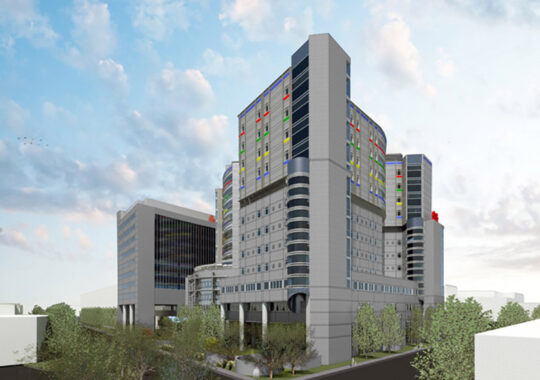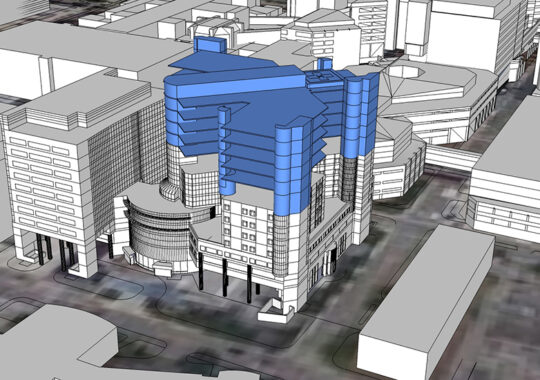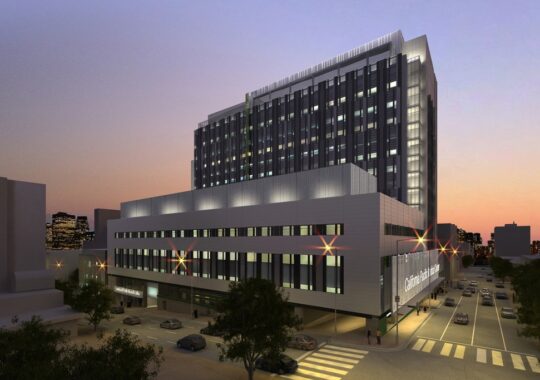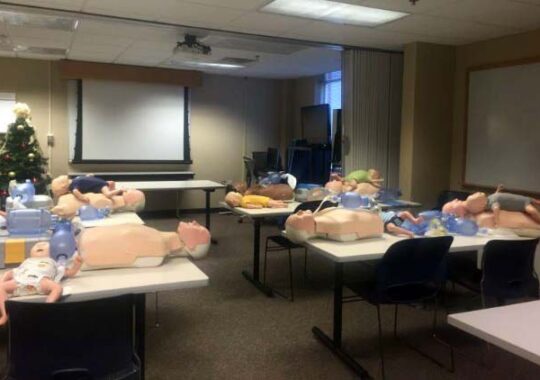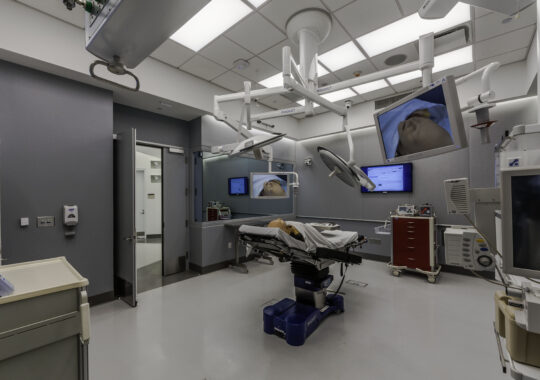SM&W’s effectiveness is an outgrowth of our many years of combined experience, which translates into our ability to identify opportunities for efficiencies that might otherwise be missed, and to avoid costly pitfalls. Having an objective, knowledgeable partner can result in significant cost savings.
Medical equipment planner, Teriann Pikarski shares the benefits of working with an integrated medical equipment planning consultant for healthcare projects.
Q: What value does a medical equipment planning consultant bring to a healthcare project?
Teriann: Regardless of the size of your facility, equipment costs can range between 25%-30% of the overall project budget. For a project where the project costs run in the hundreds and thousands to millions of dollars, 30% is a significant amount of dollars allocated to equipment.
An experienced medical equipment planning consultant can solve and integrate the myriad needs of the clinicians while working with the budget constraints of the overall facility. The consultant can also work to ensure the equipment fits in with the overall design considerations by the architect. SM&W’s medical equipment planning team can provide an integrated approach between all types of equipment and departments where there is close alignment with design and construction equipment. A medical planning expert can allay any anxiety about the type, size, cost, fit, and capabilities of your equipment purchase.
Q: Will you expand on how working with a medical equipment planner helps to minimize “pain” for the client?
Teriann: Equipment planners collaborate closely with architects; architects design the space; medical planners fill it. If the room is not able to accommodate a specific piece of equipment, the affect is twofold. Either the equipment selected would have to change or the room would have to change to fit the equipment. Both are not realistic alternatives. By working closely with architectural drawings, equipment planners can minimize changes in design, equipment and project delays. By using Revit, SM&W’s medical equipment planning team is able to place and move equipment on top of architectural layers enabling us to clearly see the impact of both room design and placement of equipment.
Importantly, a hospital or medical institution will get the greatest value from a medical equipment planner who is experienced with the integration of medical equipment and the associated infrastructure technology, including the exchange of information between disparate systems such as audiovisual, security, and acoustics, and information technology infrastructure and information technology systems. This integration, known as ME-IT, can bring the client a seamless integration of services and will result in most economical and effective design.
Further, rapid advancements in medical technology makes it a challenge for both hospital facilities teams and architects to stay abreast of the most current developments in the equipment marketplace. It is the responsibility of the medical equipment planner to understand and know the marketplace and to be able to recommend the solution that will meet the immediate needs of all the stakeholders and be flexible for future technology advancements.
Equipment is a complex and robust market with over 30,000 individual manufacturers and well over 150,000 in product specifications that are always changing. By constantly monitoring the changing technology, medical equipment consultants can bring a third party-objective perspective and offer insights that result in decisions that are the best possible solutions for each unique client.
Learn more about Teriann Pikarski
Learn more about our medical equipment planning practice
